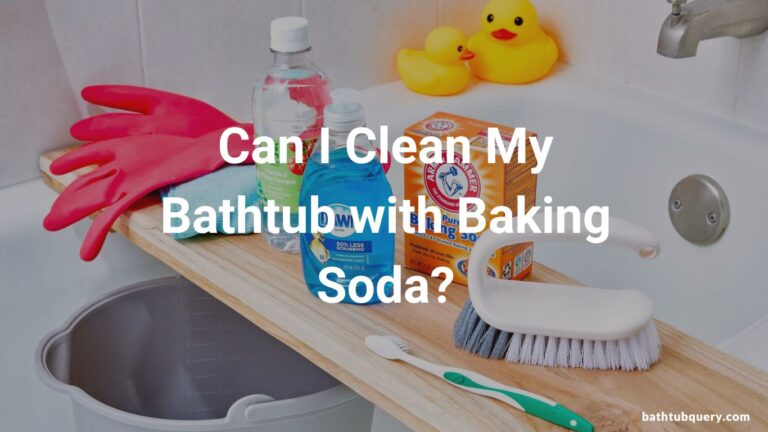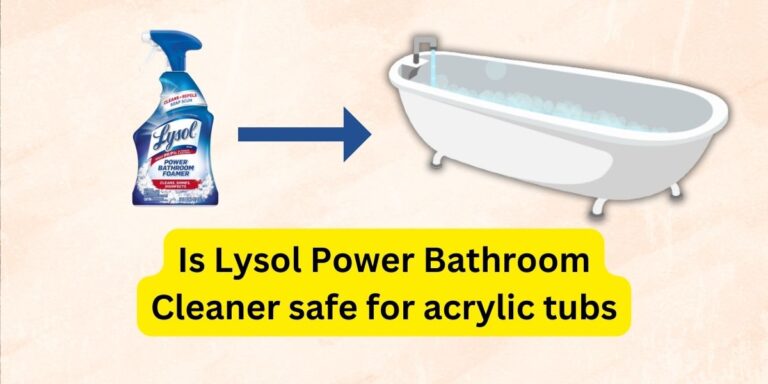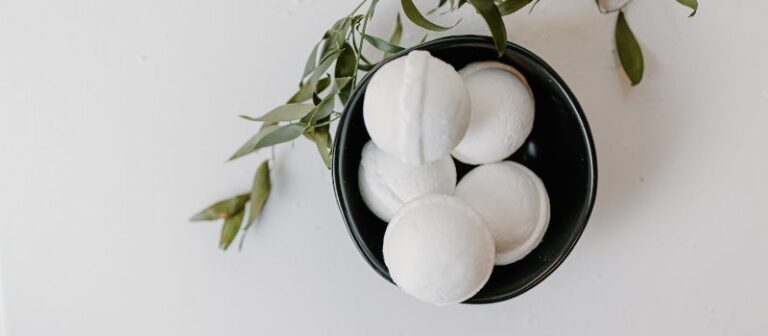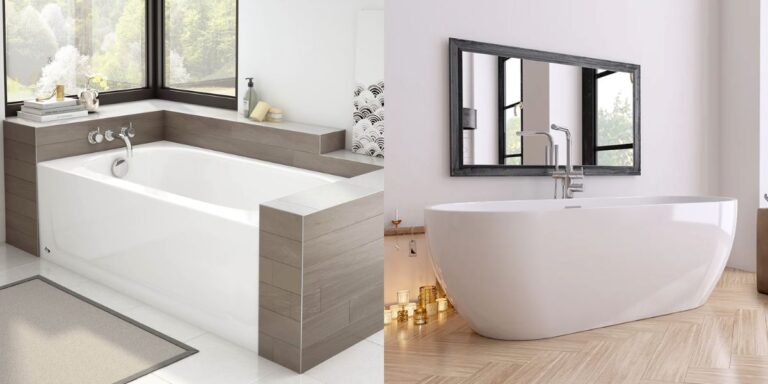Can You Drink Bathroom Tap Water If Boiled?
Generally, yes, you can drink it. While boiling can eliminate some contaminants in tap water, it doesn’t remove many common chemical and mineral impurities. Boiling bathroom tap water can make it safer, but it is not necessarily 100% safe or healthy to drink regularly.
Let’s take a closer look at the potential risks and benefits of consuming boiled bathroom tap water.
Is All Tap Water the Same?
Many of us assume that all tap water is created equal. But water coming through kitchen versus bathroom faucets can differ in quality. Why is that?
Kitchen taps generally provide higher quality water for drinking and cooking. That’s because kitchen faucets see much higher use, so water turns over faster through those pipes. Stagnant water in lesser-used bathroom pipes can leach more contaminants like lead and bacteria.
Additionally, bathroom tap lines often contain more contaminants from the start. They connect to showers, toilets and other fixtures that release traces of dirt, minerals and microbes into the pipes.
So while boiling can purify bathroom tap water to an extent, kitchen taps start with cleaner source water in most homes.
Potential Contaminants in Bathroom Tap Water
Let’s review the most common concerns about contaminants and impurities that may lurk in bathroom tap water:
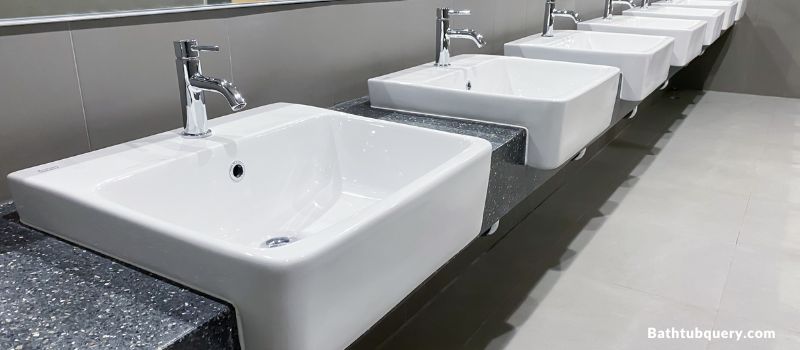
- Lead: Old pipes and plumbing fixtures can leach lead into water over time. Lead is toxic, harming brain development and function. Boiling water does not remove lead.
- Bacteria and parasites: Stagnant bathroom tap water may contain things like E. coli, Giardia or Cryptosporidium. Boiling water for 1-3 minutes will kill most of these disease-causing microbes.
- Chlorine: Added to tap water as a disinfectant, excess chlorine can produce harmful byproducts. Boiling does not remove chlorine.
- Mineral buildup: Pipe scales and sediments containing calcium, magnesium, and other minerals accumulate over time. Boiling concentrates these further and can leave mineral deposits on pots.
- Other chemical contaminants: This includes corrosion byproducts, fluoride, chloramine and various VOCs sometimes found in tap water at low levels. Most are not eliminated by boiling.
So in summary, boiling bathroom tap water will kill some nasty bugs lurking in it, but many potentially unhealthy chemical and mineral contaminants still remain.
Why Does Boiling Help Purify Water?
Boiling makes water safer to drink, mainly by killing disease-causing germs and microbes. At sea level, a rolling boil for 1 minute is sufficient to pasteurize and make water potable by killing things like Giardia, Cryptosporidium, Shigella, E. coli and Salmonella.
Boiling for longer, around 3 minutes, ensures killing tough spore-forming bacteria that can survive at boiling temp. Viruses are also eliminated after a few minutes at boiling point.
However, as we covered earlier, boiling does not remove heavy metals, chlorine or mineral deposits – which commonly occur in tap water at low levels.
So boiling bathroom tap water only takes care of the biological contaminants only. Let’s look closer at the pros and cons of actually drinking boiled bathroom tap water next.
Should You Drink Boiled Bathroom Tap Water?
Below are some key pros and cons to weigh when deciding if boiled bathroom tap water is safe enough to drink regularly:
Potential Pros of Drinking Boiled Bathroom Tap Water
- Convenience: If you’re thirsty, it sure beats running to the kitchen or going to the store. Boiling the bathroom tap water first makes it safer, if not totally purified.
- Avoids bottled water costs: Tap water is vastly cheaper than buying cases of bottled water for drinking. Boiling bathroom tap water lets you skip the store expenditures.
- Makes use in a pinch: In an emergency scenario without clean water access, boiling bathroom tap water is better than drinking it raw.
Potential Cons of Drinking Boiled Bathroom Tap Water
- Doesn’t remove all contaminants: As discussed earlier, boiling doesn’t get rid of concerning heavy metals, chlorine, fluoride, or mineral deposits in the water.
- Possible lingering bacteria: Boiling kills most germs and parasites, but cold spots may allow some to survive and infect you later.
- Requires vigilance: You’d need to carefully boil any bathroom tap water before use – consuming some raw by accident could make you sick.
- Health risks if not fully purified: Mineral buildup, chlorine, lead, and other contaminants can still potentially cause gastrointestinal issues, toxicity, infections, and other health problems over time when ingested.
The takeaway? While boiling bathroom tap water makes it safer to drink in a pinch, it does not fully purify the water or remove all potential health risks when making bathroom tap water a regular drinking source.
How to Make Bathroom Tap Water Safe for Drinking
If you want to turn bathroom tap water into a potable drinking source in your home, here are some steps beyond boiling to treat it:
- Test your bathroom tap water for contaminants. Many companies offer home tap water testing for metals, bacteria, cysts and chemicals. Knowing what’s in it allows you to tailor purification techniques.
- Use a filter designed to remove lead, bacteria, chlorine and chemicals. Multi-stage filters with activated carbon and reverse osmosis can remove many common tap water contaminants.
- Consider installing a reverse osmosis system. More complex under-sink or whole-house reverse osmosis systems maximize tap water contaminant removal.
- If boiling, let water come to a full rolling boil for 1-3 minutes. This kills all bacteria, viruses and microbes that can survive lower temperatures. The longer, the better.
- Cool boiled water before drinking. Pour boiled bathroom tap water back and forth between clean containers to improve taste by releasing oxygen back into it.
Proper purification and filtration can make bathroom tap water safe for drinking, but boiling alone is not enough to remove all potential health hazards.
Expert Recommendations on Drinking Bathroom Tap Water
Let’s review the guidance from some key public health and safety organizations when it comes to consuming bathroom tap water:
- Centers for Disease Control (CDC): The CDC confirms that while boiling water can kill germs, it does not remove lead and other dangerous metals or chemicals. They recommend drinking water from the kitchen tap only.
- Environmental Protection Agency (EPA): The EPA advises that bath and shower plumbing often contains more contaminants than kitchen sink plumbing. They also warn that boiling does not remedy all tap water contaminants.
- American Plumbing Association: Plumbing professionals caution against drinking bathroom tap water at all – even if boiled first. They point to high levels of corrosion and bacterial growth in lesser-used bathroom water lines.
The consensus seems clear – when it comes to your drinking water source, tap water from the kitchen sink is the safest bet in most homes.
The Bottom Line: Is It Safe to Drink Boiled Bathroom Tap Water?
While boiling bathroom tap water may kill some germs and microbes in it, boiling does not remove potentially hazardous contaminants like lead, chlorine, fluoride and mineral deposits.
For potable drinking water with minimal risk, experts therefore recommend:
- Having your home’s bathroom tap water tested and using proper purification and filtration techniques if drinking it. Multi-stage under-sink or whole-house systems provide the highest quality drinking water.
- Sticking to high-quality water from kitchen taps, which generally deliver better quality water from the source compared to bathroom taps.
- Using commercially purified or natural spring bottled water for daily drinking and cooking.
Overall, it’s best to avoid drinking bathroom tap water as your primary water source even if boiled first – instead choose properly filtered kitchen tap water or quality bottled water whenever possible. While boiling bathroom water can make it safer, it takes full purification to make it healthy for regular drinking.
Hope this overview gives you a better understanding of how to make bathroom tap water potable if needed in a pinch, as well as the limitations of boiling alone for purifying all tap water contaminants. Let me know if you have any other questions!
Similar guides:
- Is Bathroom Tap Water Safe To Drink USA?
- Can You Drink Water Out of the Bathtub Faucet?
- Can You Drink Bathroom Tap Water If Boiled?

William J. Bullock is a licensed plumber with over 15 years of experience installing and repairing bathtubs. He runs his own plumbing company in Greenville and serves residential and commercial clients. William is dedicated to providing honest, transparent advice to help homeowners make informed decisions about their bathroom renovations.
He has established expertise in selecting bathtubs, planning custom installations, diagnosing issues, and completing repairs. William aims to share practical tips and reliable recommendations based on extensive hands-on work. When he isn’t on a job site, William enjoys spending time with his family and volunteering at local community events. He takes pride in delivering quality service and enjoys helping people upgrade their homes.


